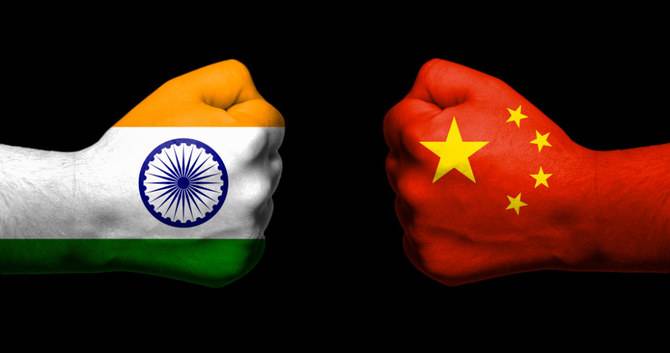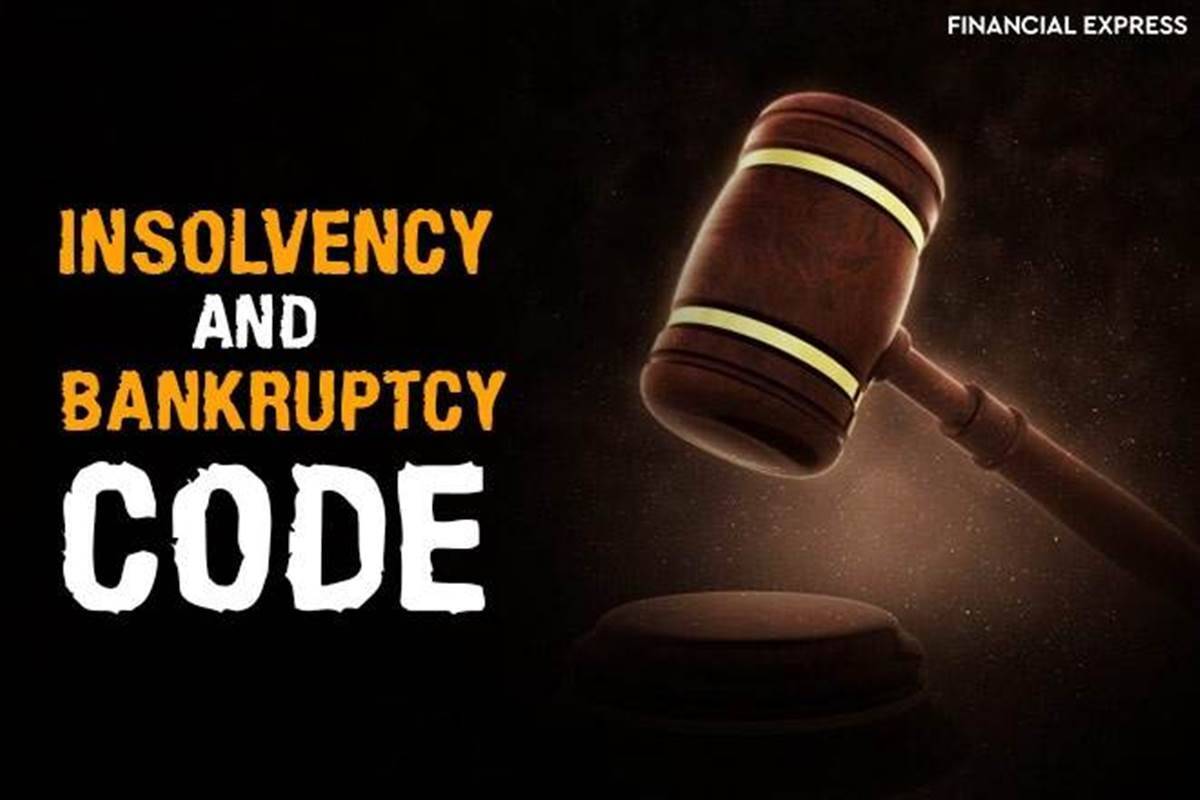
Investment During Pandemic – COVID-19 Hardship
Investment During Pandemic: The entire world is encountering vulnerability and difficulty due to the phenomenal COVID-19 pandemic. This pandemic came when the worldwide economy was confronting intense occasions. Henceforth, in the given circumstance, it is imperative to take judicious budgetary activities, both preventive and remedial, to guarantee the general monetary wellbeing of an individual and his/her family.
At regular intervals, traded on open market organizations report both their real budgetary income and their normal possibilities over the not-so-distant future. Financial specialists intently watch these reports for indications of guarantee or inconvenience, in a custom similar to perusing tea leaves.
In any case, with the COVID-19 emergency overturning marketable strategies left and right, deciphering those leaves is more testing than any other time in recent memory. There is an unprecedented degree of uncertainty associated with the encounters.
For investors, the test is twofold: foreseeing when that bounce back will come, and picking which stocks will win and which will lose when it does. Missing corporate direction is more enthusiastically than expected and it’s typically hard. Be that as it may, a clearer picture is beginning to develop.
Since the stock market investment crested three months back, tech mammoths like Amazon and Netflix have fared well, as have drugmakers like Gilead. Vitality organizations like Halliburton have been hit hard, alongside banks like Wells Fargo. Retailers’ parent organizations have endured as customers remain at home, yet those taking into account homebodies, similar to Domino’s, are flourishing.
The aftermath of the pandemic has made new open doors that natural development pioneers are best ready to catch. By putting more in their pool of advancement ability, giving these individuals the scope to take advantage of these lucky breaks, and empowering reasonable dangers, these development heads will expand their lead further.
The extreme development movement lighted by the worldwide pandemic shows that a few elephants can move when they should. Organizations are moving quicker and facing greater challenges than could have been envisioned a couple of months back. A further catalyst to re-evaluating built-up and lumbering advancement approaches is the quickening of numerous patterns that are as of now in progress.
The lock-down has presented a move to online work practices and group sharing stages while making new chances. For instance, 3D printing is getting a lift by assisting with supplanting faraway providers with close-by 3D printing contractual workers and making flexible chains stronger.
To exploit this move, HP quickened their “3D as an assistance” plan of action development, where clients pay just for what they print. The computerized change of enterprises did not stop for the emergency.
An approaching inquiry is the means to abstain from returning to the awkward and mindful inheritance practices and hazard-unwilling dynamic that had stumbled development execution in numerous associations. As vulnerability subsides, there is a squeezing requirement for direction on which changes to advance ways to deal with organizing, and how to choose which chances to get a handle on.
The COVID-19 pandemic can be anticipated to have a drawn-out effect on the deals of more up-to-date CPG marks as it is driving shopper preliminaries. Purchasers are regularly purchasing items they ordinarily do not accept as they plan for isolation.
This is transforming into a national demo program that our brands are getting paid for. Our expectation is that we increase a lot of new clients who may find us at the markets during this time, bring our items home, have a positive encounter, and later consolidate them into their day-by-day or week-by-week schedules when things balance out.
The forecast is that anything that has to do with wellbeing, health, invulnerability, and supplementation will have delayed development throughout the following quite a long while. This occasion has solidified in our psyches how conceivably helpless we are as an animal group and it will engage numerous individuals to endeavor to assume responsibility for their wellbeing.
Possible approach toward investment
As the fear of the global economy moving towards a recession grows, it is likely that there will be a liquidity crunch coupled with high inflationary pressures. In this situation, setting up short-term financial goals becomes important. Any investment decision during this period should be made by factoring in the short-term goals of an individual. The investments should be adequately liquid to address contingencies and short-term needs.
Here, the effect contributing network has an exceptional chance and a pivotal task to carry out. The moral of the story is, that socially useful ventures can be raised as an advantage class of decision, and effect financial specialists can lead the route in expanding the quest for pioneers, leveling the topography of information, and along these lines encouraging a progressively successful reaction to the current emergency.
Since their essential spotlight is on expanding hazard balanced returns, conventional speculators are probably not going to convey account in the territories that need it most at the present time. Be that as it may, sway venture can, by marshaling the assets expected to carry progressively different trendsetters into the well-being and wellbeing of adjoining segments.
All the more comprehensively, the pandemic ought to rouse those outside the effect contributing network to re-evaluate how money-related capital is activated and conveyed. It is to everybody’s greatest advantage to energize progress toward widespread access to excellent medicinal services comprehensively, on the grounds that, at last, wellbeing underpins each part of society, including the economy.
Past tending to the prompt wellbeing crisis, Covid-19 likewise necessitates that we center around long-haul arrangements. There must not be another arrival to the same old thing.
We have to begin building vigorous, comprehensive frameworks that represent all the social determinants of transmittable and incessant ailments, which will keep on plaguing the least fortunate and most underestimated networks the world over.
Tags: pandemic investing, investing during a pandemic, investing during the pandemic, stocks to invest in during pandemic, investment during pandemic, stocks during pandemic, good investment during pandemic










